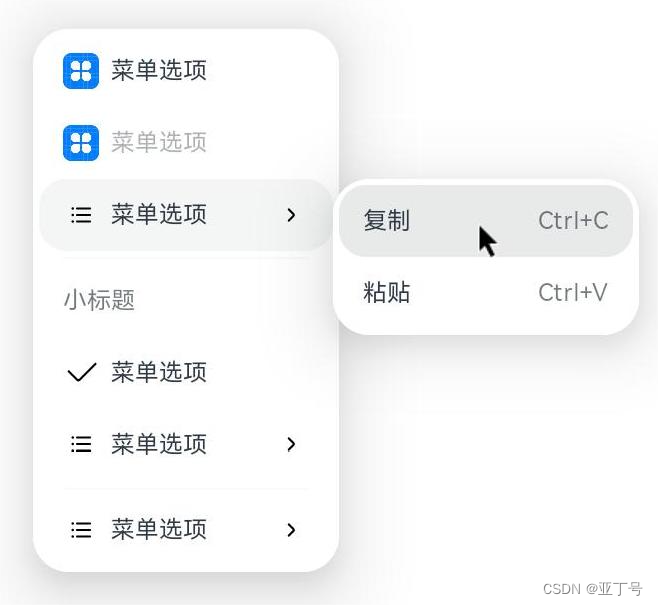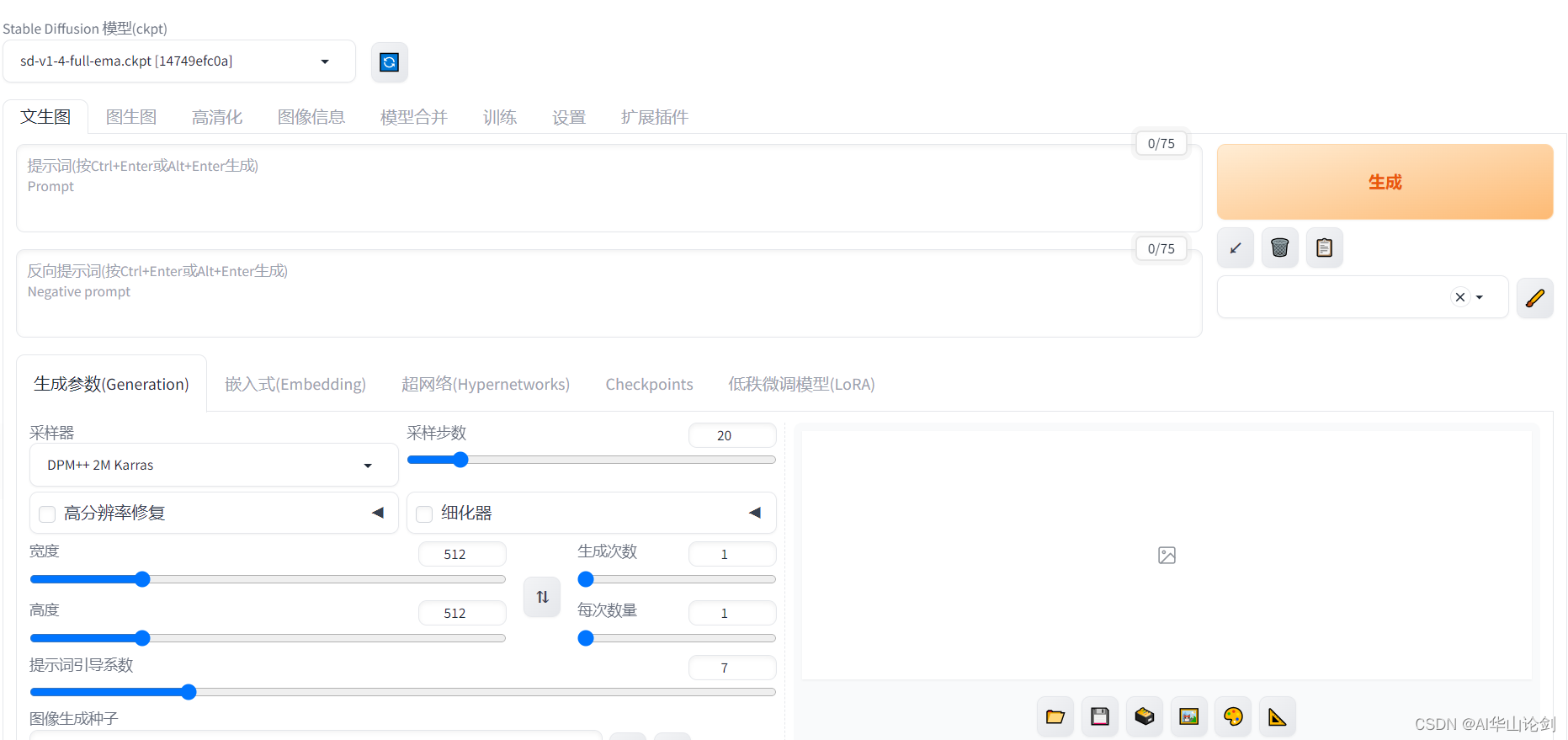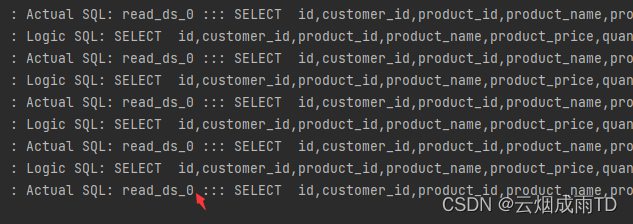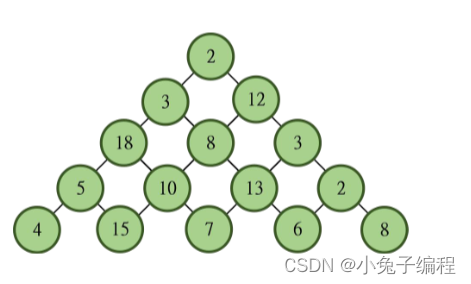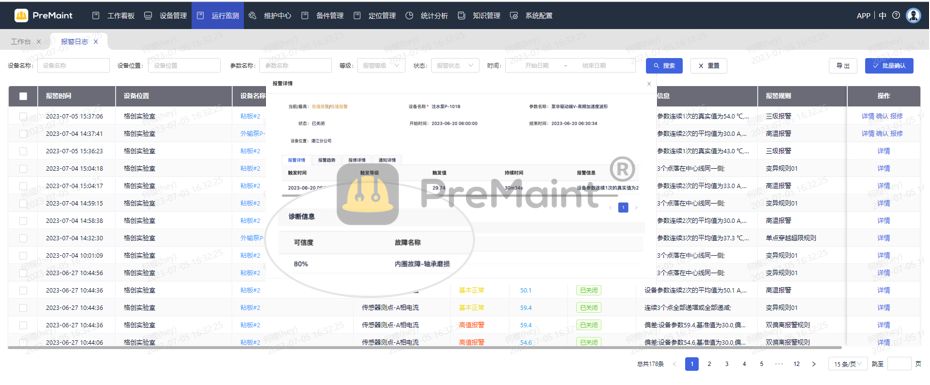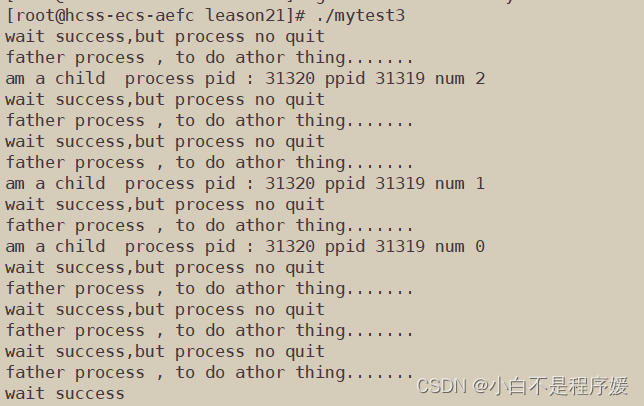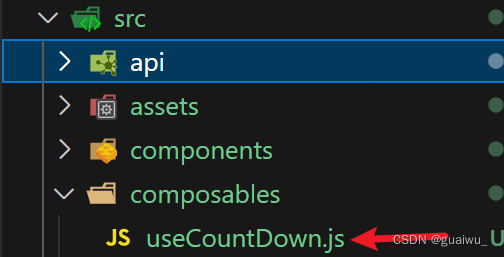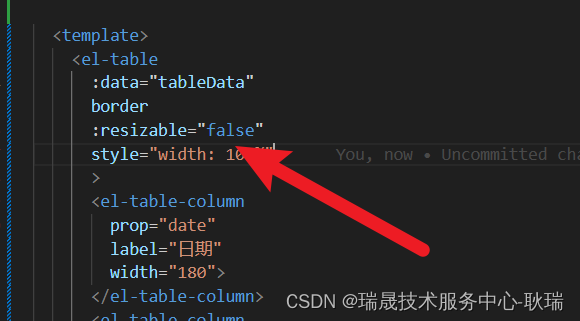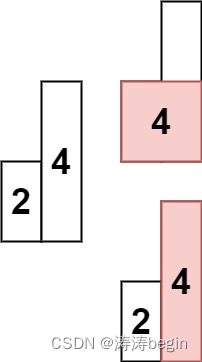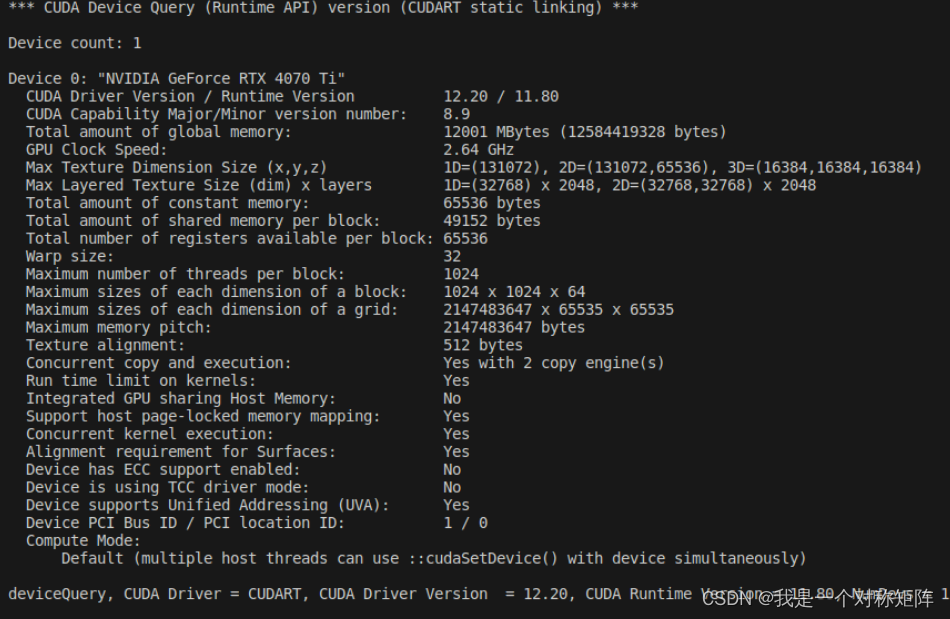之所以写这篇文章,是因为标签模板是一个很容易让人忽略的知识点
首先我们已经非常熟悉模板字符串的使用方法
const name = "诸葛亮"
const templateString = `hello, My name is ${name}`
标签模板介绍
这里的标签模板其实不是模板,而是函数调用的一种特殊形式
“标签”指的就是函数(函数名),紧跟在后面的模板字符串就是它的参数
比如,下面的代码可以正常运行
alert`hello world`
如果模板字符里面有变量,就不是简单的调用了,而是会将模板字符串先处理成多个参数,再调用函数
const name = '诸葛亮'
const age = 18
console.log`hello ${name}, I know your age is ${age}`
控制台打印如下

const name = '诸葛亮'
const age = 18
const tag = (stringArr, ...args) => {
console.log('stringArr', stringArr)
console.log('args', args)
}
tag`hello ${name}, I know your age is ${age}`
// 相当于调用函数tag, tag(['hello ', ', I know your age is ', ''], '诸葛亮', 18)
控制台打印如下

使用场景
- 过滤 HTML 字符串,防止用户输入恶意内容
function saferHTML(templateData) {
let s = templateData[0];
for (let i = 1; i < arguments.length; i++) {
let arg = String(arguments[i]);
s += arg.replace(/&/g, "&").replace(/</g, "<").replace(/>/g, ">");
s += templateData[i];
}
return s;
}
const string = '<script>alert("恶意代码")</script>';
const content = saferHTML`<p>${sender}富文本内容</p>`;
// <p><script>alert("恶意代码")</script>富文本内容</p>
- 多语言转换
i18n`Welcome to China!`
// "欢迎来到中国!"
- 将命令式编程转为声明式编程
// 命令式编程
const url = 'xxxxxxx'
a.style.color = "red"
a.style.backgroundColor = 'blue'
a.style.fontSize = '18px'
a.style.lineHeight = '26px'
a.href = `https://${url}`
a.target = '_blank'
a.textContent = '点击跳转'
// 声明式编程
a.styles`
color: red;
backgroundColor: blue;
fontSize: 18px;
lineHeight: 26px;
`.props`
href: `https://${url}`;
target: '_blank';
`.content`点击跳转`
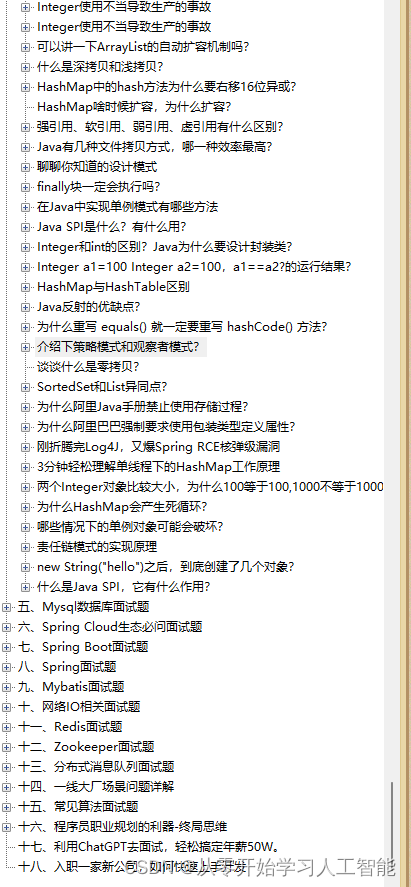
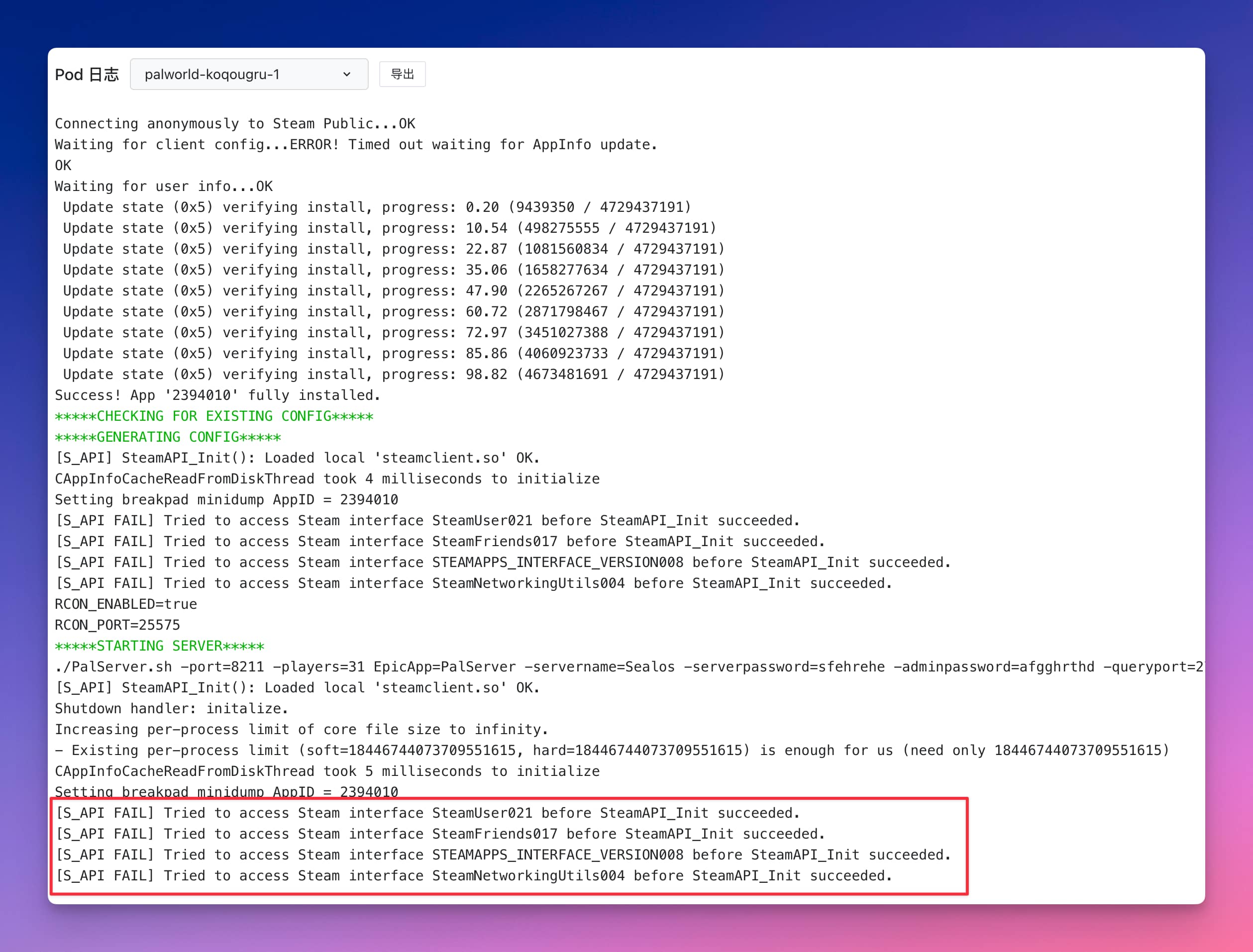

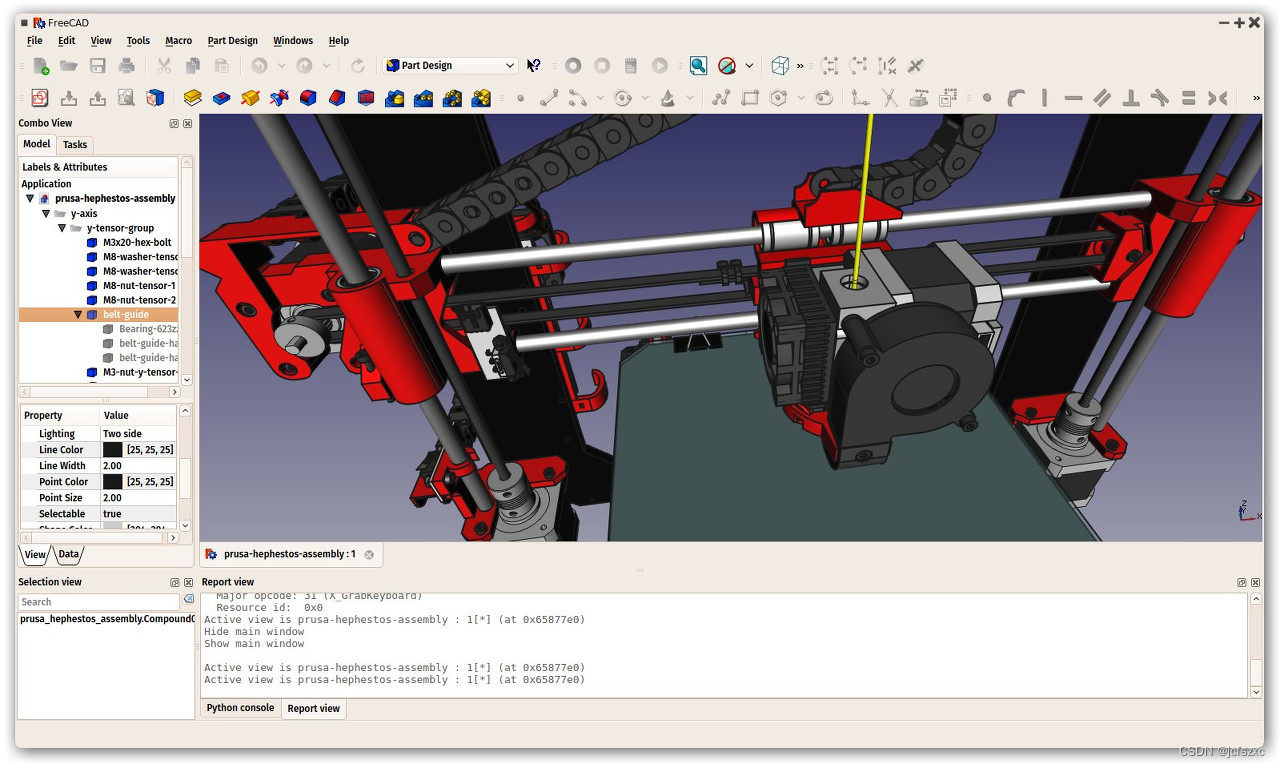


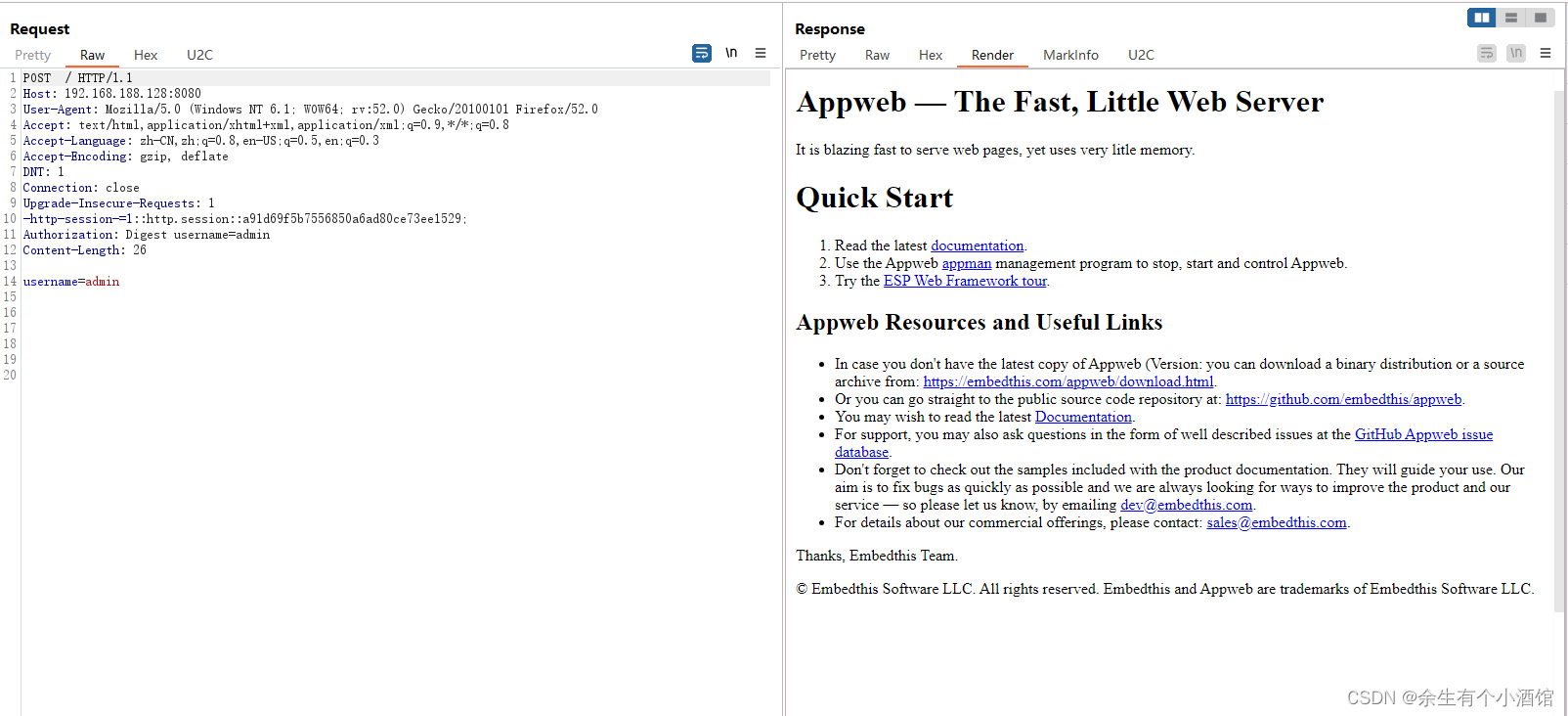
![【数据结构]排序算法之插入排序、希尔排序和选择排序](https://img-blog.csdnimg.cn/direct/f6a1c78415ac48e2bec8e8a2e3f7356f.png)
